Passion fruit, known for its tangy sweetness and intoxicating aroma, is not just a delicious tropical delicacy but also a major agricultural commodity in several countries. Its popularity continues to rise globally due to its rich vitamin content, vibrant flavor, and versatility in juices, desserts, and wellness products. But where exactly does the world get most of its passion fruits from? This article explores the major producing countries, the varieties grown, and the economic and climatic factors that drive global production—offering a comprehensive view of passion fruit’s global journey from farm to table.
Introduction to Passion Fruit Production
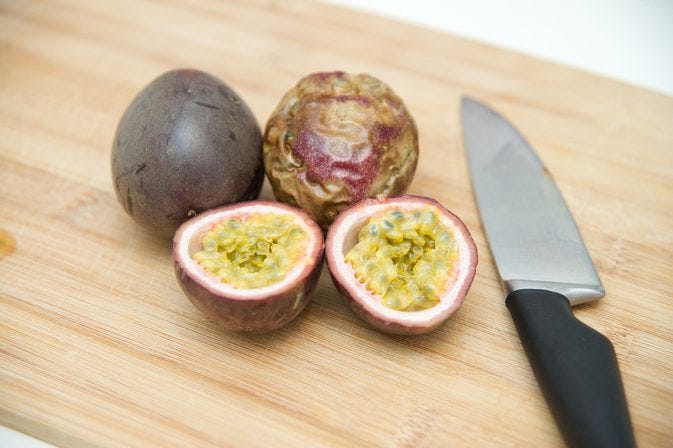
Passion fruit, scientifically known as Passiflora edulis, originates from South America, particularly Brazil, Paraguay, and northern Argentina. Today, it is cultivated in tropical and subtropical regions across the world. There are two primary types of passion fruit: the purple variety (Passiflora edulis) and the yellow variety (Passiflora edulis f. flavicarpa), each suited to different climates and uses.
As global demand for fresh fruit, natural flavors, and tropical fruit beverages increases, passion fruit farming has grown significantly. Leading the charge are countries that offer the ideal climate, soil, and agricultural practices.
Brazil – The Undisputed Global Leader
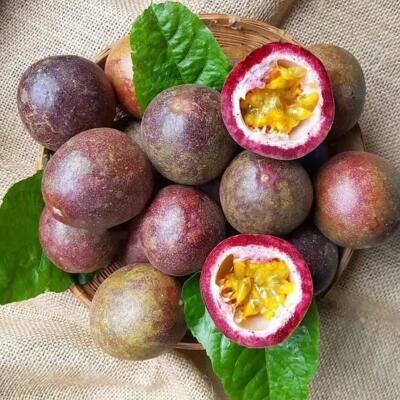
Largest Producer in the World
Brazil stands as the largest producer of passion fruit globally, contributing approximately 65%–70% of the world’s total production. Passion fruit is native to the region, and the country’s agricultural landscape is perfectly suited for large-scale cultivation of the yellow passion fruit variety, which is more robust and better suited for juice processing.
Production Statistics:
- Annual Production: Over 1 million tons
- Key Regions: Bahia, Ceará, Espírito Santo, São Paulo, and Minas Gerais
- Primary Variety: Yellow passion fruit
Why Brazil Dominates:
- Climate: Tropical weather conditions with ample rainfall and sunshine.
- Research and Innovation: Brazilian agricultural institutions have developed disease-resistant and high-yield varieties.
- Market Infrastructure: The country has a strong domestic market, with more than 90% of production consumed locally in the form of juice, fresh fruit, and ice cream flavoring.
Brazil’s dominance in passion fruit production isn’t just about quantity—it’s also about quality and institutional support for farmers. Extension services and government incentives encourage farmers to adopt improved practices that boost both yield and sustainability.
Peru – A Major Exporter of Processed Passion Fruit
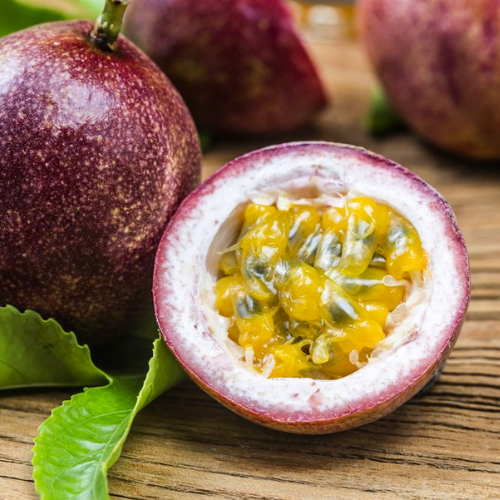
Peru is another significant player in passion fruit production, although its volume is much smaller than Brazil’s. The country focuses heavily on processing and export, particularly of yellow passion fruit concentrate for international markets.
Key Facts:
- Main Growing Areas: Piura, La Libertad, and Lima
- Export Focus: Purees, concentrates, and frozen pulp
- Market: USA, Europe, and Asia
Peru’s commitment to quality and processing facilities makes it a valuable contributor to the global passion fruit supply chain, even though it’s not a volume leader. Its role in supplying juice manufacturers and beverage companies is especially critical.
Colombia – An Emerging Leader in Passion Fruit Exports
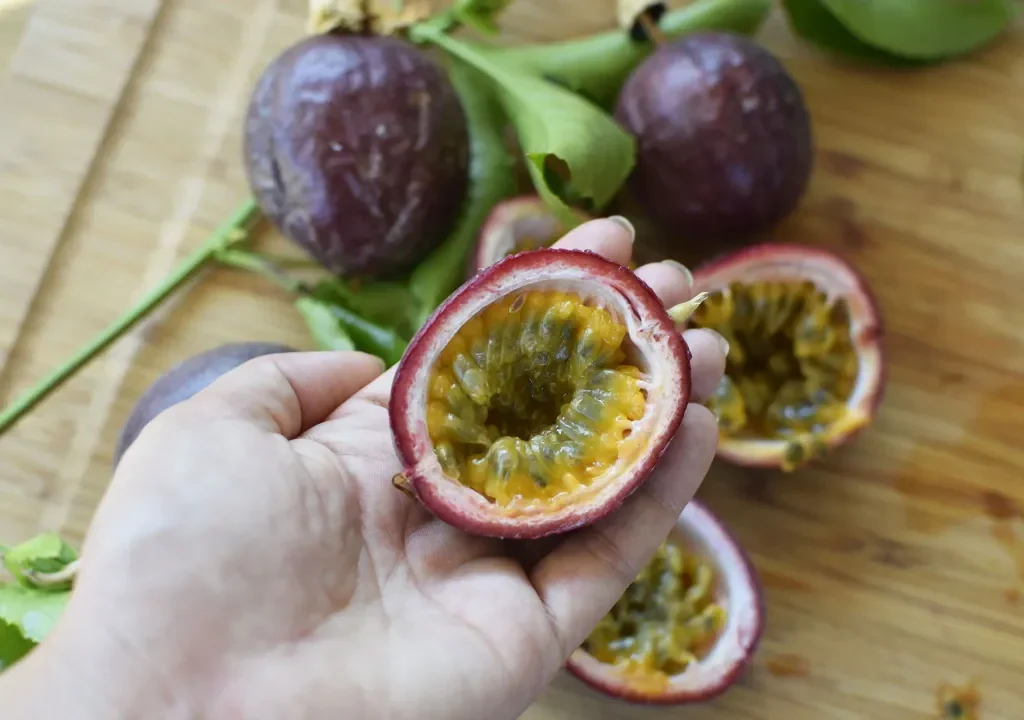
Colombia has been steadily increasing its share in global passion fruit markets, especially with the maracuyá (yellow passion fruit). Thanks to government-led export initiatives and ideal growing conditions, Colombia has become a top exporter, particularly to the European Union.
Key Aspects:
- Annual Production: Around 60,000–70,000 tons
- Primary Market: European Union, Canada, United States
- Cultivation Focus: Both smallholder and commercial farms
Colombia’s positioning as a premium exporter means that while total volume may be modest, the value of its exports is high. European demand for fresh exotic fruits has driven this growth.
India – A Rising Domestic Power
India is not yet a major global exporter of passion fruit but is growing in terms of domestic production and regional supply. The northeastern states such as Nagaland, Manipur, and Mizoram are the primary growers, benefiting from suitable agro-climatic conditions.
Highlights:
- Key Varieties: Purple passion fruit
- Usage: Fresh fruit and juice within domestic markets
- Challenges: Lack of organized supply chains and post-harvest infrastructure
India has significant potential to become a major player if investment in cold chains, training, and export logistics is strengthened. The government has recognized this and included passion fruit in horticulture development schemes.
Kenya – Africa’s Leading Passion Fruit Exporter
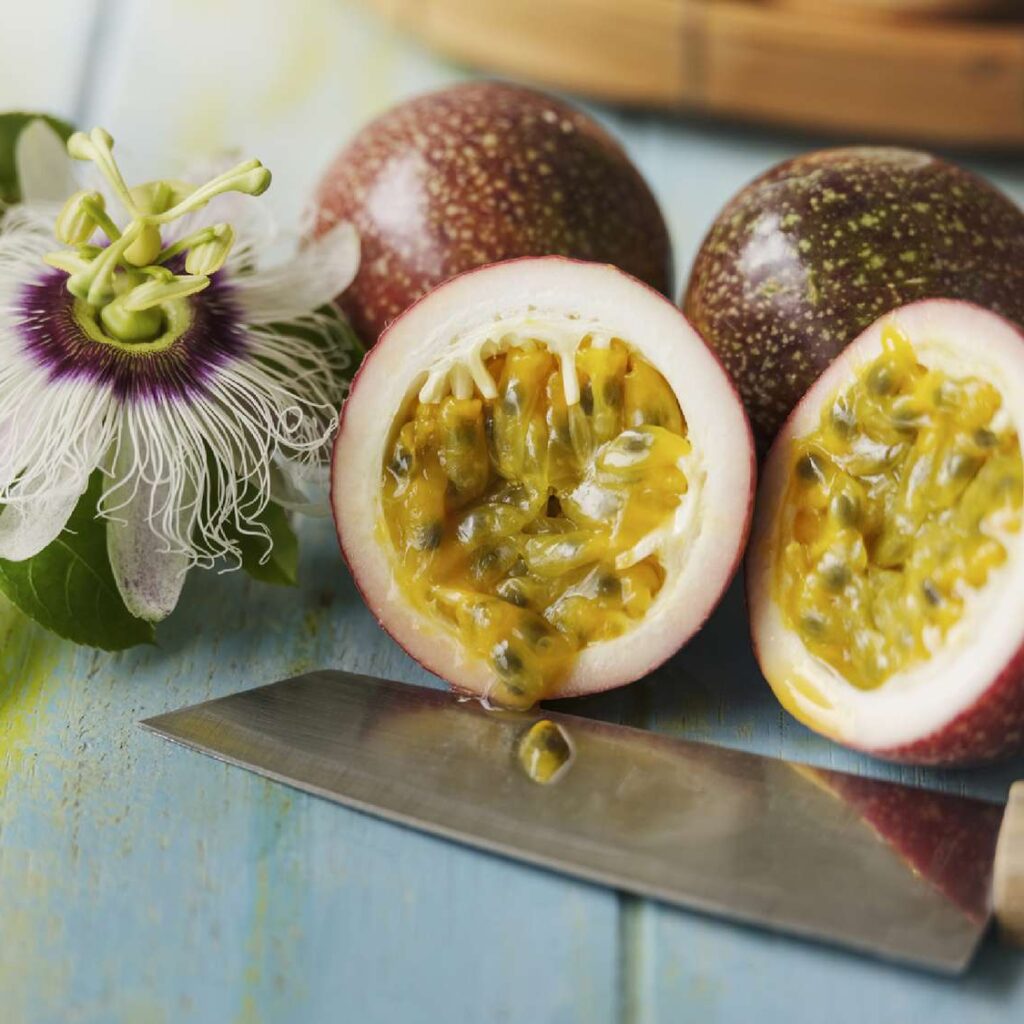
In Africa, Kenya stands out as the top passion fruit exporter, particularly to European markets. Farmers, often working in cooperatives or small plots, grow purple passion fruit primarily for fresh consumption.
Key Benefits:
- Altitude Advantage: The highland climate provides ideal conditions.
- Export Value: A vital cash crop for smallholder farmers.
- Challenges: Disease outbreaks and inconsistent quality control.
Kenya’s experience shows how small-scale farming, when aligned with global quality standards and supported by infrastructure, can meet global demand effectively.
Other Noteworthy Producers
- Ecuador – Known for both fresh and processed passion fruit, especially for juice production.
- Australia – Small but high-quality production, mostly for domestic use.
- South Africa – Similar to Kenya in climate and market orientation.
- Vietnam and Indonesia – Growing passion fruit for local markets and regional trade.
Global Trends and Outlook
With the increasing popularity of exotic fruits, demand for passion fruit is forecasted to grow significantly over the next decade. Health-conscious consumers are driving up demand for passion fruit juices, smoothies, and supplements thanks to the fruit’s high vitamin C content, antioxidants, and fiber.
Trends to Watch:
- Sustainability Initiatives: More countries are focusing on organic and sustainable farming practices.
- Cold Chain Investments: Key to expanding fresh fruit exports globally.
- Value Addition: Passion fruit flavorings, skincare products, and functional beverages are expanding market reach.
Conclusion: Where the World Gets Its Passion Fruits
The world gets most of its passion fruits from Brazil, hands down. With its enormous production scale, ideal tropical climate, and integrated agricultural systems, Brazil has remained at the top for decades. However, countries like Peru, Colombia, and Kenya are critical for global supply chains—especially in processed and export-ready formats.
As passion fruit continues to gain international fame, new producers like India and Southeast Asian nations are stepping in to meet growing global demand. With innovation, improved logistics, and farmer support, the world’s supply of this flavorful fruit is set to become more diverse, sustainable, and globally accessible.


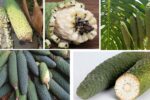
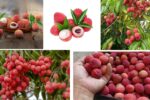
Leave A Comment